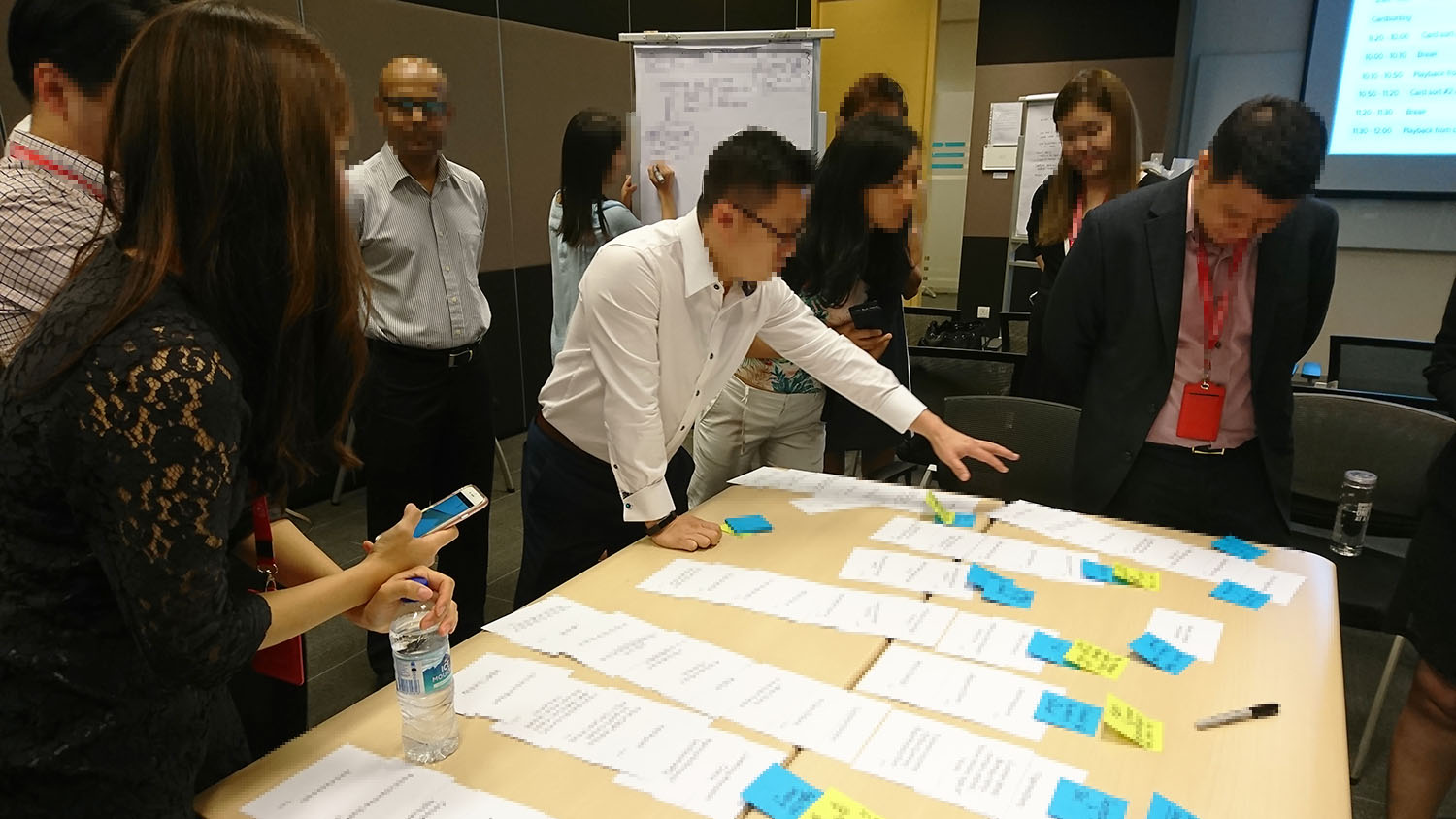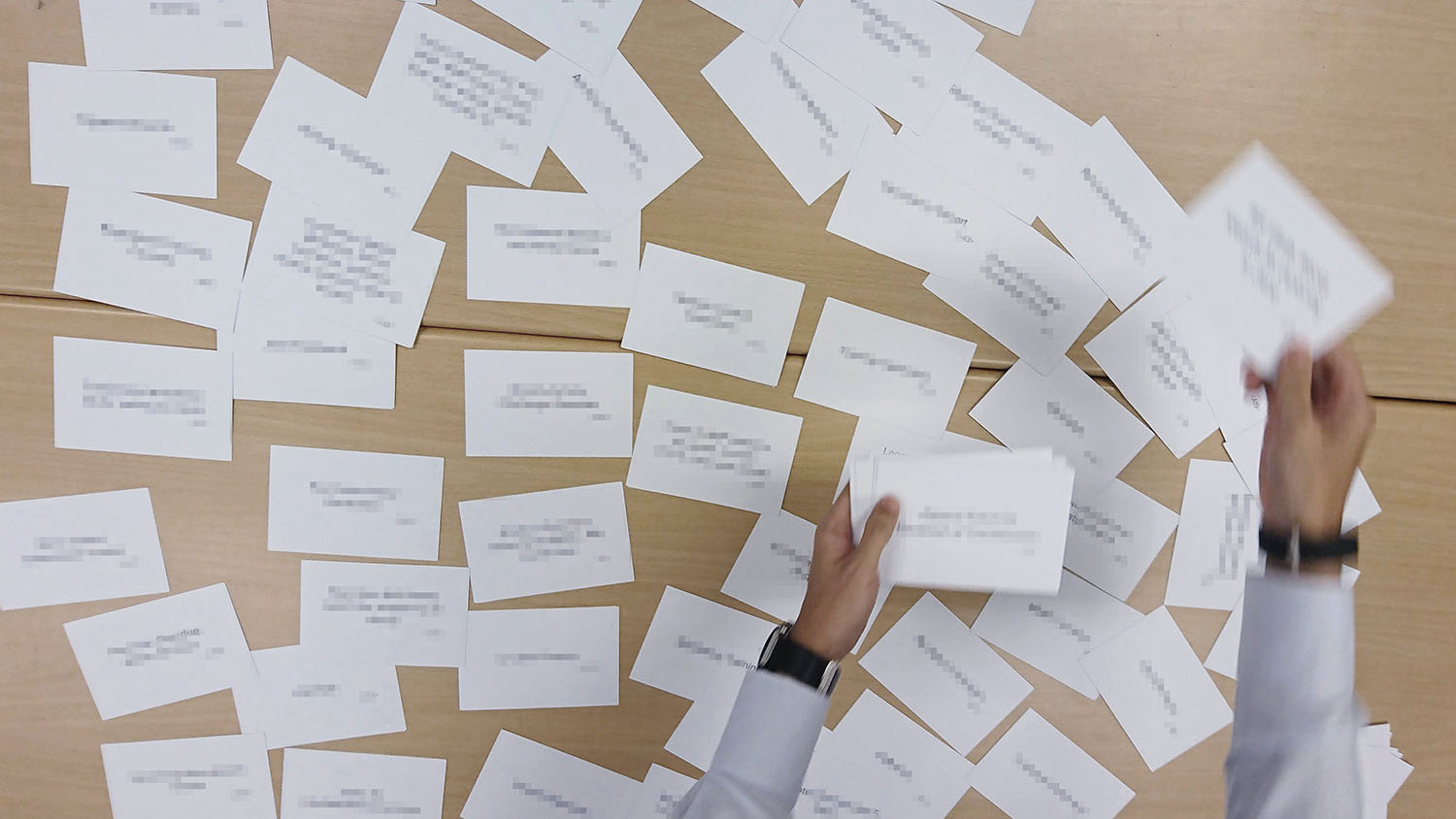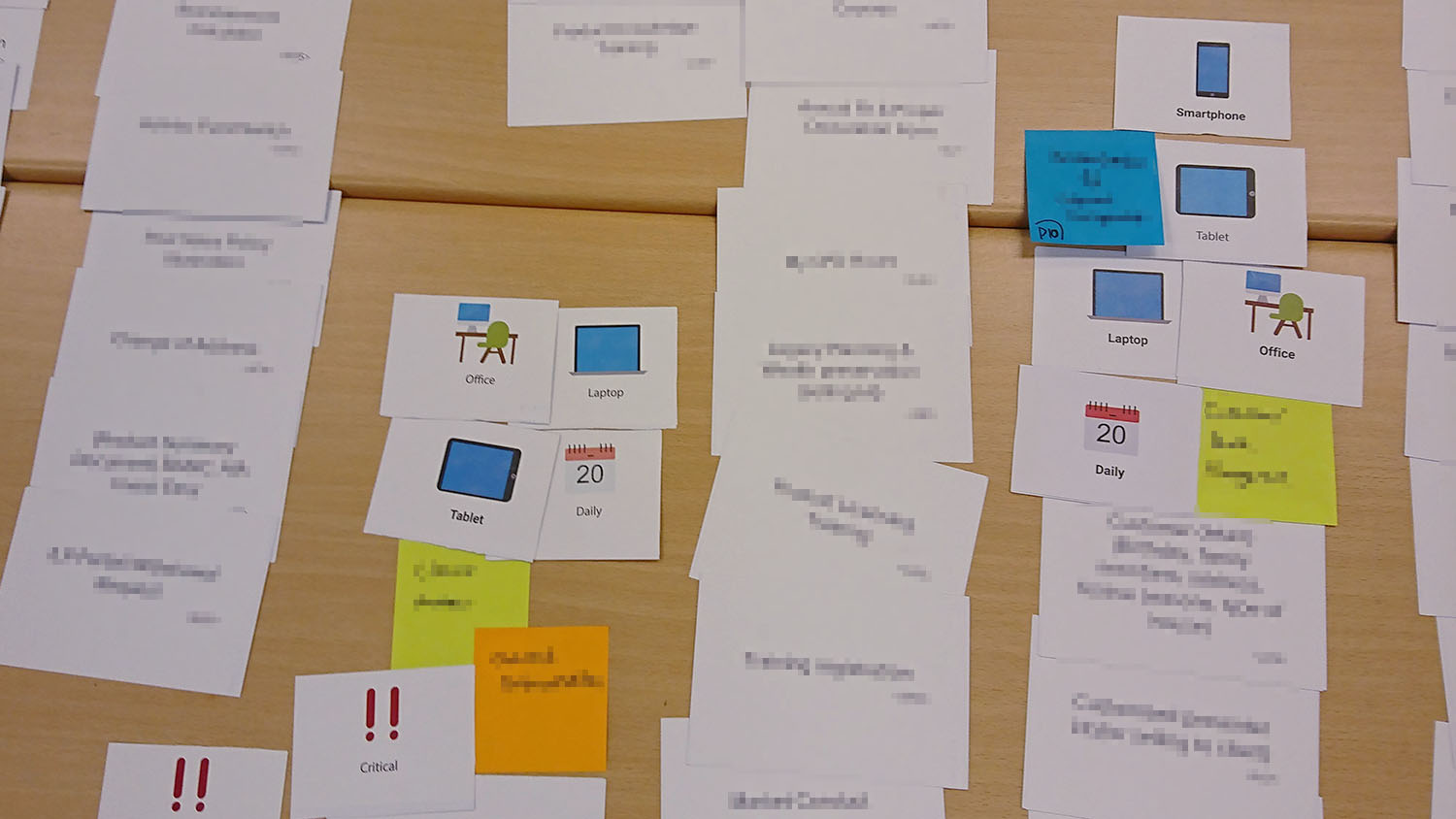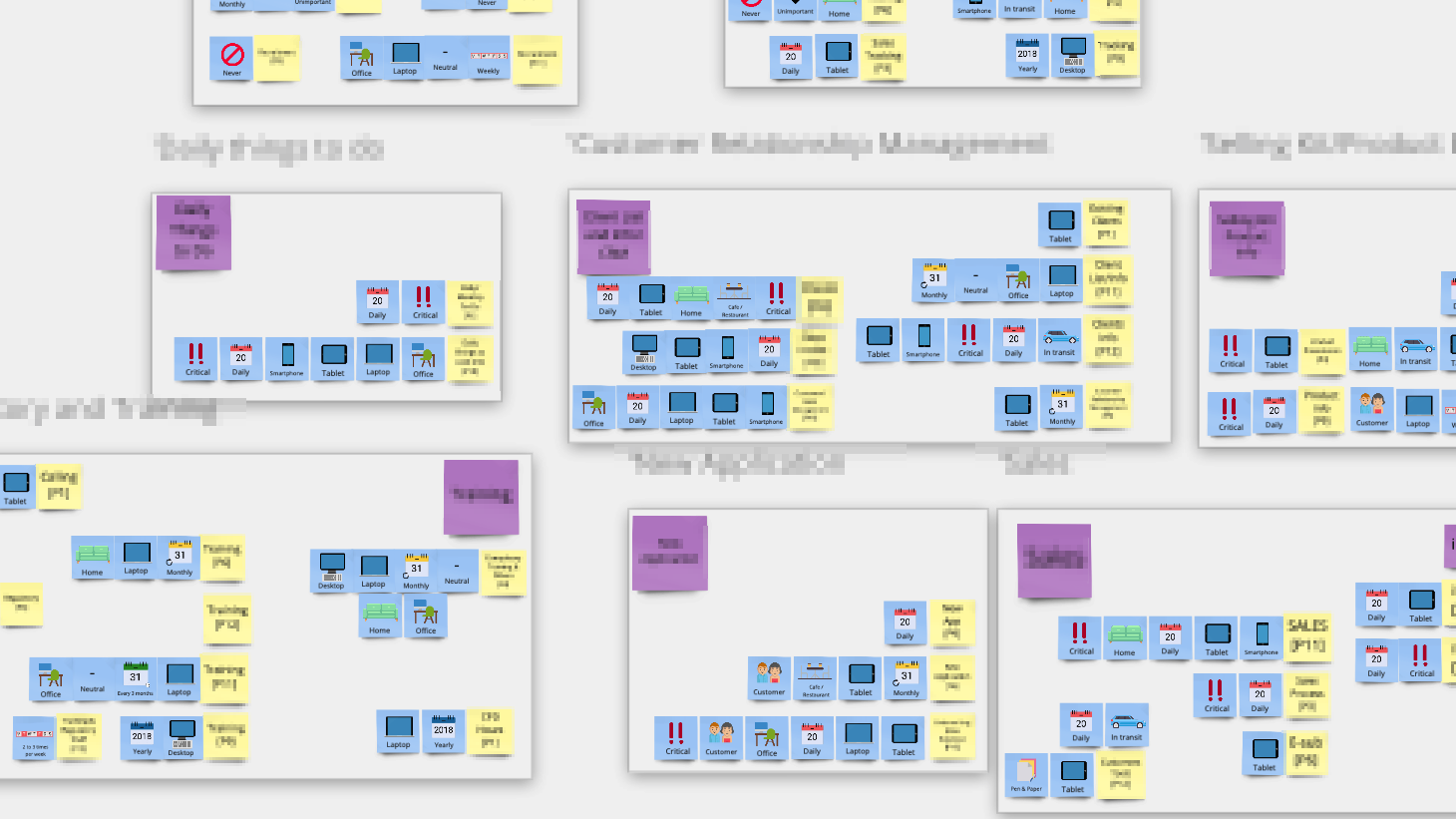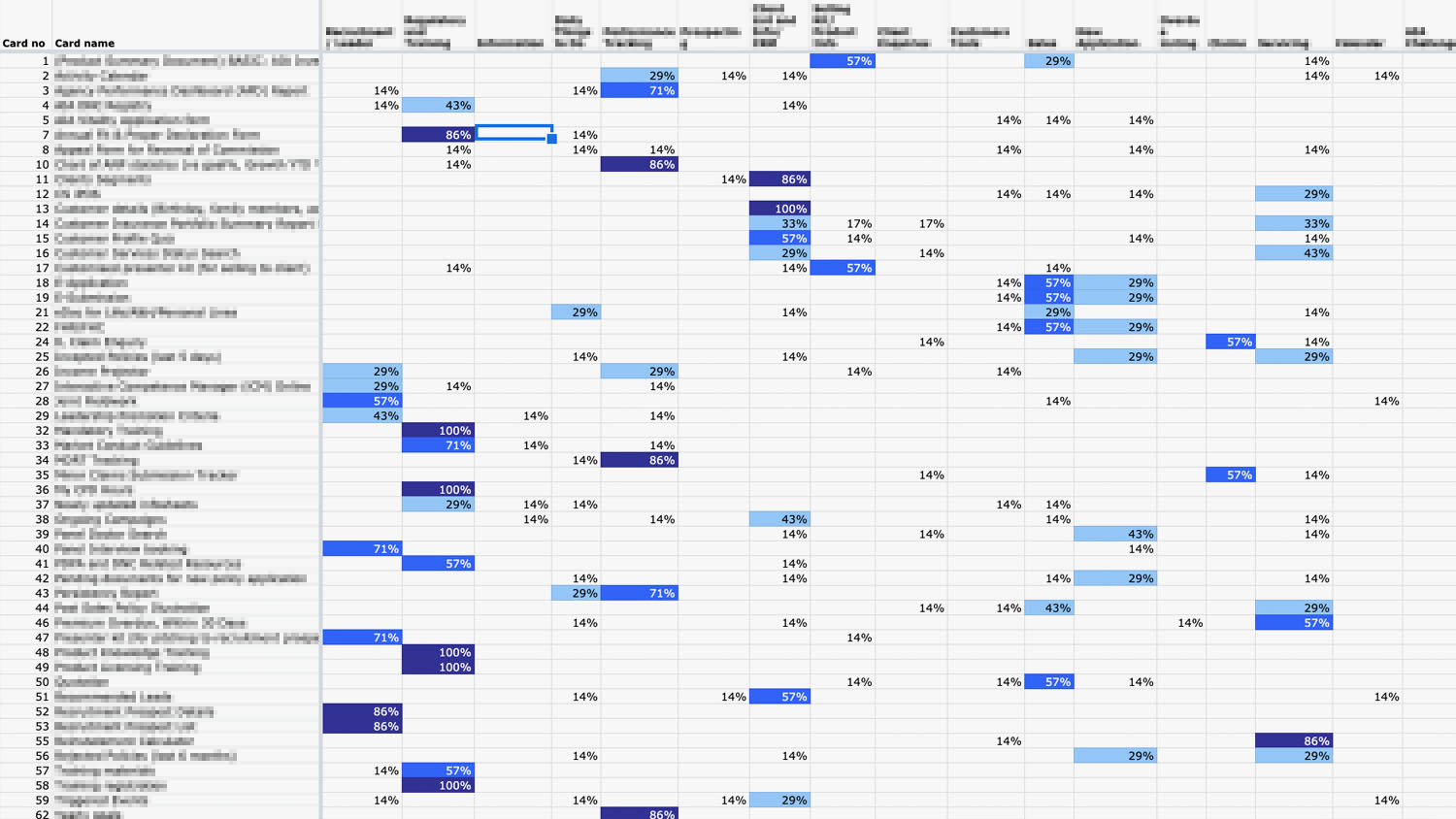Background - "Too many apps!"
Within our client's organisation, there were more than 10 digital products across the web, tablet and mobile app platforms. These products were created across different time periods in the organisation's history, and by different departments and had different product owners. Some were legacy products created decades ago: outdated interface, messy information architecture, and a steep learning curve, but which remained essential and indispensable to the daily business needs of its internal users. Some were newer products, with a narrower scope, and served very niche functions. Because of the silo-ed culture of product development in a large organisation like this one, some functions were duplicated across multiple products which left users confused about where to find things. Over the years, there had been non-stop complaints about "too many apps", which we had also personally encountered in our other projects for the same client
Our client thus engaged us to develop an evidence-based strategy to reorganise its digital ecosystem so that their users could find the functions they need easily and conveniently.
